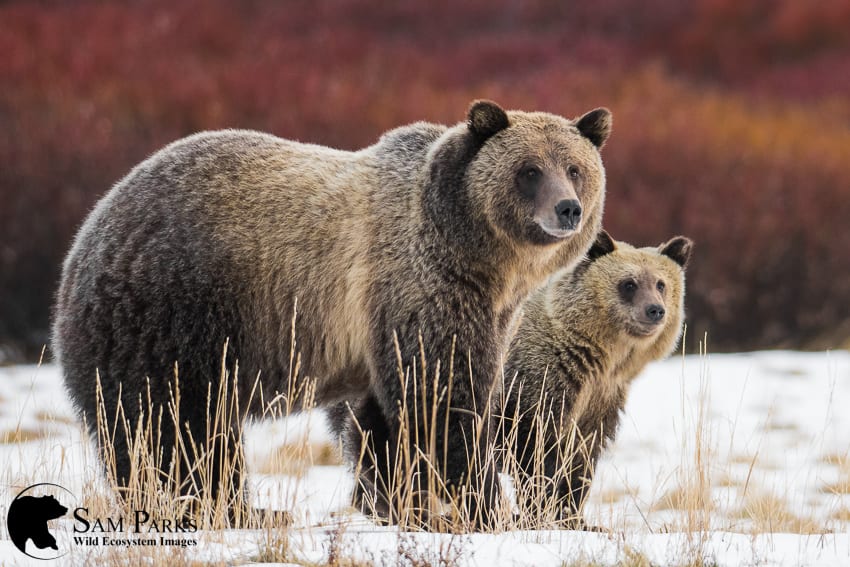Current work in wildlife, rivers, public lands, and climate
Press Releases
U.S. Fish and Wildlife Service to consider removing Endangered Species Act protections for Montana and Wyoming grizzlies
“Idaho’s proposal to delist all grizzlies in the lower 48 was laughable,” said Erik Molvar, a wildlife biologist and executive director for Western Watersheds Project. “We’re happy to hear that the Fish and Wildlife Service hasn’t slipped so far from reality as Idaho’s politicians.”
“However, we’re disappointed to hear that the Service will consider delisting the Northern Continental Divide and Greater Yellowstone grizzlies to appease the states of Montana and Wyoming,” said Molvar. “These grizzly populations are still genetically isolated from each other and some half-baked plan to ship Northern Continental Divide grizzlies to the Greater Yellowstone Ecosystem does not overcome the distinct lack of state support for a sustainably connected grizzly bear population.”
An estimated 50,000 grizzly bears once roamed the western United States. But with the arrival of European colonizers to North America came efforts to eradicate the species. Subject to government-funded bounty programs, grizzlies were relentlessly poisoned, trapped, and shot across their range. By the 1930s, grizzly bears occupied just 2% of their original range in the continental U.S. By 1975, the year the Service listed grizzlies in the lower-48 at “threatened” under the ESA, only 700-800 bears remained in several small, isolated populations.
Grizzly bears have expanded modestly since listing. The grizzly population in the lower-48 has grown to about 1,900 bears, with most concentrated in two “recovery zones,” the Greater Yellowstone ecosystem (GYE), which includes and surrounds the eponymous national park, and the Northern Continental Divide ecosystem (NCDE), in northern Montana.
Yet grizzly bears occupy only about 6% of their historical range in the lower-48. Grizzlies also continue to face a number of threats, including lack of population connectivity, habitat loss and fragmentation, and dwindling food sources. And they remain persecuted: bears are often killed in response to conflicts with livestock released to graze in their core habitat.
“The Fish and Wildlife Service reached the right result on Idaho’s petition,” said Joe Bushyhead, endangered species attorney with WildEarth Guardians. “But we strongly oppose attempts to delist grizzly in Yellowstone and Northern Continental Divide ecosystems. Delisting these isolated populations of grizzlies will violate the terms of the ESA and hamstring efforts to recover bears elsewhere in the lower-48. The Service should not confuse the growth of just two bear populations with recovery.”
If the Service were to delist the GYE and NCDE bear populations, the agency would need to also find that bears in the two areas amount to “distinct population segments”–isolated populations that, like a species or subspecies, can receive their own ESA protections. But Service has identified the lack of connection between Western grizzly populations (and the resulting consequences on the species’ genetic health) as a stressor affecting all listed bears in the lower-48.

Grizzly bear sow and cub in late autumn within the Greater Yellowstone Ecosystem. Photo by Sam Parks.